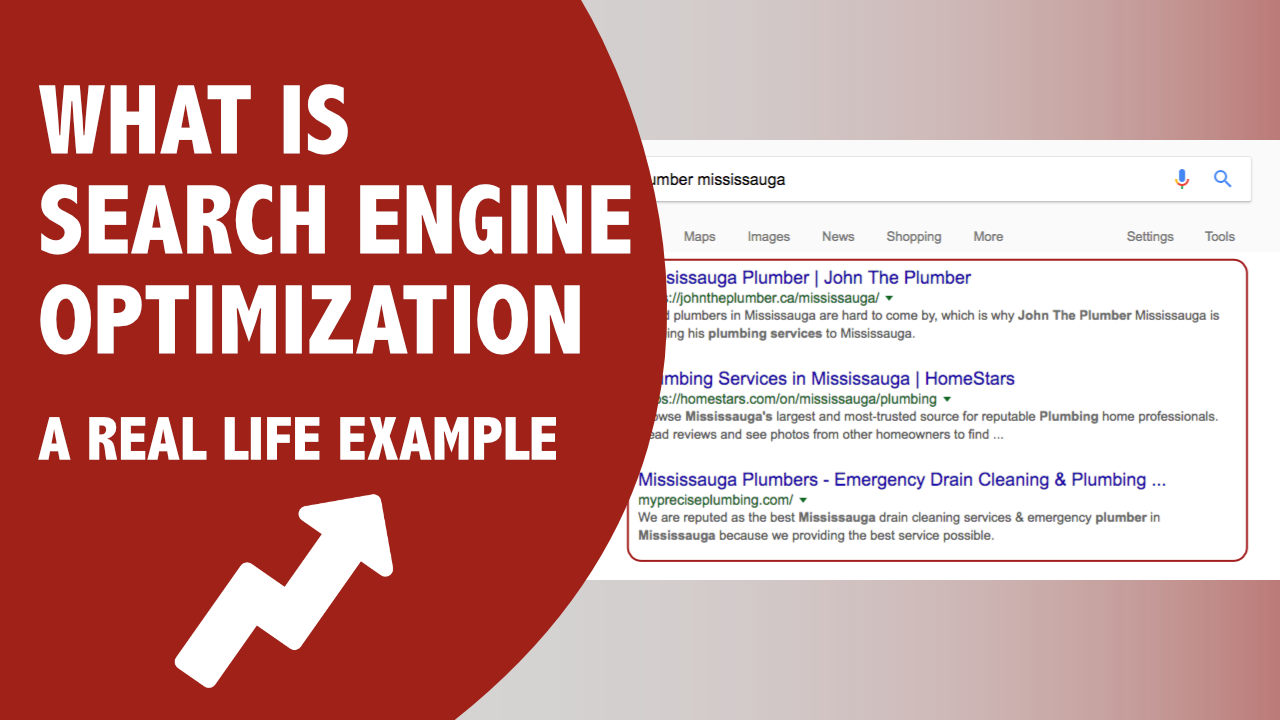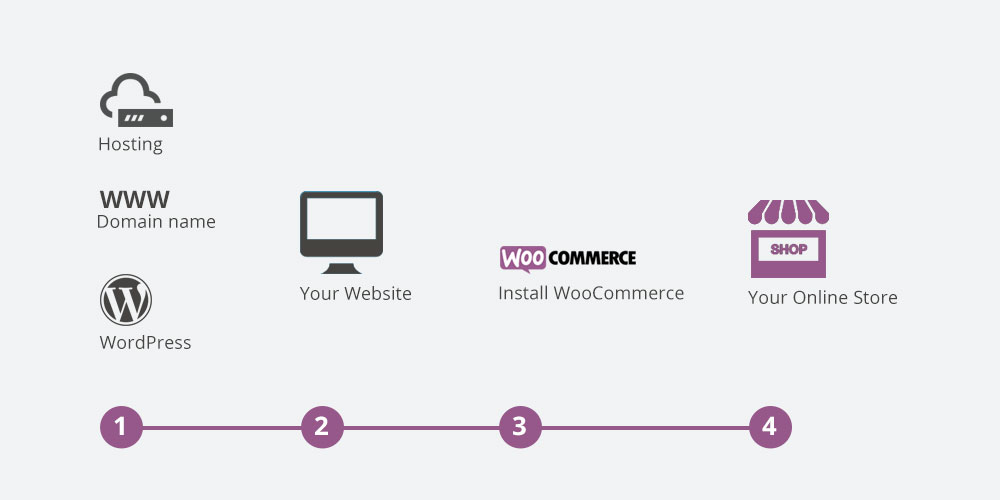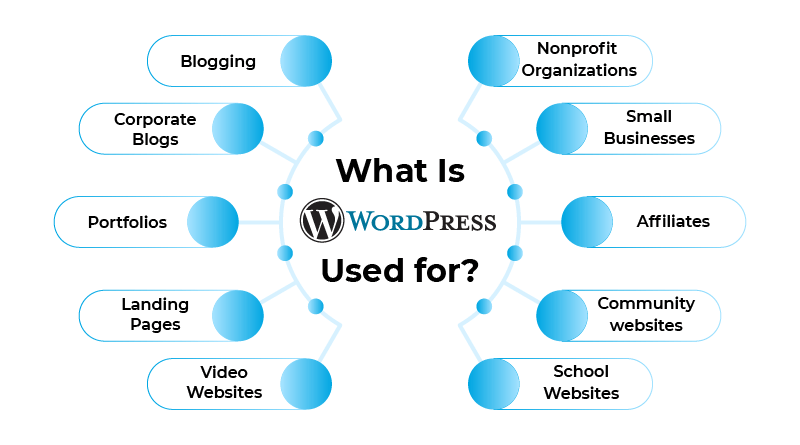If you've ever thought about selling products online, you've likely come across the term WooCommerce.…

What is SEO?
In today’s digital age, nearly everyone is online. With billions of searches conducted daily, businesses and websites strive to capture the attention of users looking for information, products, or services. But how do websites ensure they appear in search results? This is where SEO comes into play. If you’ve ever wondered, “What is SEO?” you’re not alone. This blog post aims to demystify SEO, explaining what it is, how it works, and why it’s crucial for any online presence.
Understanding the Basics: What is SEO?
So, what is SEO? SEO, or Search Engine Optimization, is a set of practices designed to improve the appearance and positioning of web pages in organic search results. Organic search results refer to the non-paid listings that appear on search engines like Google, Bing, and Yahoo. When someone asks, “What is SEO?” they are usually inquiring about the methods and strategies used to ensure a website ranks higher in these search results. The higher a website ranks, the more likely it is to attract traffic and potential customers.
SEO involves a combination of creative and technical tactics, including keyword research, content creation, on-page optimization, backlink building, and user experience enhancements. The ultimate goal of SEO is to attract more organic traffic by making a website more relevant and authoritative in the eyes of search engines.
The Purpose of SEO: Why Does It Matter?
At its core, SEO is about making a website more appealing to search engines. Search engines use algorithms to determine which sites appear first when someone types in a query. By understanding these algorithms and optimizing a website accordingly, businesses can improve their visibility online. So, when you think about “What is SEO?” it’s also essential to understand why it matters. SEO drives organic traffic, which is the most valuable type of traffic because it consists of users actively searching for what you offer.
SEO isn’t just about search engines, though. It’s also about people. By optimizing your site, you ensure that it provides a better experience for your visitors. A well-optimized site loads quickly, is easy to navigate, and provides valuable, relevant content to users. All of these factors contribute to better engagement and higher conversion rates.
Moreover, SEO is a long-term strategy. While paid advertising can bring immediate traffic, the results stop as soon as the ads are turned off. In contrast, SEO can continue to bring organic traffic to your site for months or even years after the initial optimization efforts.
How Does SEO Work?
When we talk about “What is SEO?”, it’s important to understand how SEO works. Search engines like Google use bots to crawl web pages, going from site to site, collecting information about those pages, and indexing them. Think of this as a giant library where the librarian pulls books (web pages) from the shelves to determine their content and relevance (indexing).
Next, algorithms analyze the pages in the index, taking into account hundreds of ranking factors or signals, to determine the order in which pages should appear in the search results for a given query. SEO encompasses both the technical and creative elements required to improve rankings, drive traffic, and increase awareness in search engines.
Some common elements that SEO focuses on include:
- Keywords: Keywords are the terms or phrases people type into search engines. Identifying and using the right keywords in your content is a critical part of SEO. By conducting thorough keyword research, you can understand what your audience is searching for and create content that meets their needs.
- Content: High-quality, relevant content is vital. Search engines prioritize content that is informative, engaging, and answers users’ queries. Content isn’t just about text; it includes images, videos, infographics, and other media that can provide value to users.
- Technical SEO: This involves the behind-the-scenes aspects of your site, such as website speed, mobile optimization, and site architecture, which help search engines crawl and index your site more effectively. Technical SEO also includes implementing structured data, ensuring secure and accessible websites, and fixing broken links.
- Backlinks: These are links from other websites to your site. Search engines view backlinks as a vote of confidence, and sites with high-quality backlinks tend to rank higher. Building a diverse and relevant backlink profile is crucial for SEO success.
- User Experience (UX): A good UX, which includes site speed, mobile-friendliness, and ease of navigation, can positively impact your SEO. When users have a positive experience on your site, they are more likely to stay longer, engage with your content, and convert.
On-Page vs. Off-Page SEO
To fully grasp “What is SEO?”, you need to know about its two main components: on-page and off-page SEO.
- On-Page SEO: This refers to the practice of optimizing individual web pages to rank higher and earn more relevant traffic. On-page SEO involves optimizing content, meta tags, headers, images, and URLs. It’s all about making sure the content on your website is relevant, high-quality, and well-structured. The goal is to provide a seamless user experience while making it easy for search engines to understand the content and its relevance to specific search queries.
- Off-Page SEO: Off-page SEO focuses on activities that happen away from your website. This includes backlink building, social media marketing, and influencer outreach. The goal here is to gain credibility and authority by earning links from other reputable sites and by engaging with your audience on social platforms. Off-page SEO helps establish your website as a trusted source in your industry, which can positively impact your search engine rankings.
Common SEO Techniques
Now that we’ve covered the basics, you might still be wondering, “What is SEO in practice?” Here are some common SEO techniques:
- Keyword Research: Before creating content, SEO specialists conduct keyword research to find out what terms their target audience is searching for. Tools like Google Keyword Planner or SEMrush can help identify keywords that have high search volume but low competition. The right keywords are those that are relevant to your business, have a good search volume, and are not overly competitive.
- Content Optimization: Once keywords are identified, they should be strategically placed within the content, including in titles, headings, and body text. However, it’s crucial to avoid keyword stuffing, which can negatively affect SEO. Instead, focus on creating valuable and engaging content that naturally incorporates keywords.
- Link Building: Building high-quality backlinks from reputable websites can significantly impact your search engine rankings. Engaging in guest blogging, creating shareable infographics, or getting mentions from industry influencers are some ways to earn backlinks. It’s important to focus on quality over quantity when building backlinks.
- Improving Site Speed: Search engines prefer fast-loading websites, as do users. Techniques to improve site speed include optimizing images, leveraging browser caching, and minimizing JavaScript. A faster website not only improves SEO but also enhances user experience.
- Enhancing Mobile Friendliness: With the majority of searches now conducted on mobile devices, a mobile-friendly website is crucial for SEO. Responsive design ensures that your site looks good and functions well on all devices. Google’s mobile-first indexing also prioritizes mobile-friendly websites in its search results.
- Using Structured Data: Structured data, or schema markup, helps search engines understand the content on your website better. By adding structured data to your site, you can improve your chances of appearing in rich snippets, which can increase your visibility and click-through rates.
- Local SEO: For businesses that operate in specific locations, local SEO is essential. This involves optimizing your site to appear in local search results by creating and optimizing a Google My Business profile, building local citations, and generating positive reviews.
- Technical SEO Audits: Regular technical SEO audits help identify issues that could be affecting your site’s performance in search engines. These audits can uncover problems like broken links, duplicate content, slow page speeds, and security vulnerabilities that need to be addressed.
The Evolution of SEO
When exploring “What is SEO?”, it’s also helpful to understand how it has evolved. In its early days, SEO was mostly about keyword stuffing and building as many backlinks as possible, regardless of quality. However, search engines have become much smarter over the years.
Today, SEO is more about providing value to users. Search engines like Google constantly update their algorithms to ensure they deliver the most relevant and high-quality results to users. This shift means that the emphasis is now on content quality, relevance, and user experience.
For instance, Google’s updates like Panda, Penguin, and Hummingbird were game-changers. The Panda update focused on content quality, penalizing sites with thin or low-quality content. The Penguin update targeted websites with spammy or irrelevant backlinks. Hummingbird was a more comprehensive algorithm change that improved the way Google understands search queries, focusing on natural language processing.
SEO now also considers user intent more than ever before. It’s not just about matching keywords but understanding what the user is truly looking for and delivering the best possible answer. This is why content that addresses common user questions or provides comprehensive answers tends to perform well in search results.
What is SEO’s Role in Digital Marketing?
SEO is a fundamental part of digital marketing. It complements other marketing strategies like content marketing, social media marketing, and paid advertising. Understanding “What is SEO?” is crucial because it lays the foundation for all other digital marketing efforts. Good SEO ensures that a website is easily discoverable, provides valuable content, and delivers a great user experience.
SEO also works in synergy with other marketing channels. For example, social media can drive traffic to your website, which in turn can boost your SEO efforts. Similarly, a well-optimized website can enhance the effectiveness of your paid advertising campaigns by increasing your Quality Score in Google Ads, leading to lower costs per click and better ad placement.
Moreover, SEO can provide valuable insights into your audience’s behavior. By analyzing search data, you can gain a better understanding of what your potential customers are looking for, which can inform your content and marketing strategies.
Why Invest in SEO?
When people ask, “What is SEO?”, they often want to know why it’s worth the investment. SEO is an investment, not a cost. It’s about creating long-term value for your website. Here’s why you should invest in SEO:
- Organic Traffic: SEO drives organic traffic, which is the most valuable type of traffic because it consists of users actively searching for what you offer. Organic traffic is also more likely to convert into leads or sales compared to other forms of traffic because it is targeted and relevant.
- Credibility and Trust: Higher search rankings build credibility and trust among users. When your site appears on the first page of search results, users are more likely to trust it. A site that ranks well in search engines is often seen as more credible and authoritative, which can lead to higher conversion rates.
- Cost-Effectiveness: Compared to paid advertising, SEO is cost-effective. Once you’re ranked high in organic results, you don’t have to pay for each click or impression. While SEO requires an initial investment of time and resources, the long-term benefits far outweigh the costs.
- Competitive Advantage: If your competitors are investing in SEO, not doing so can put you at a disadvantage. Staying competitive means keeping up with, or outperforming, your competitors in search rankings. By investing in SEO, you ensure that your business remains visible and relevant in an increasingly crowded online marketplace.
- Long-Term Results: Unlike paid advertising, which stops bringing in traffic once the budget runs out, SEO continues to drive organic traffic over the long term. By consistently optimizing your site and keeping up with SEO best practices, you can maintain and even improve your rankings over time.
The Future of SEO
SEO is constantly evolving, and staying up-to-date with the latest trends and algorithm updates is essential for success. As search engines become more sophisticated, SEO strategies must also adapt. Here are a few trends that are likely to shape the future of SEO:
- Voice Search Optimization: With the increasing use of voice-activated devices like Amazon Alexa, Google Home, and Siri, voice search is becoming more prevalent. Optimizing for voice search involves focusing on long-tail keywords and natural language queries, as well as providing concise and direct answers to common questions.
- Artificial Intelligence (AI) and Machine Learning: AI and machine learning are playing a larger role in search algorithms. Google’s RankBrain, for example, uses machine learning to better understand search intent and deliver more relevant results. SEO professionals will need to consider how AI affects search rankings and adapt their strategies accordingly.
- Video SEO: Video content is becoming increasingly popular, and optimizing videos for search engines can help you reach a wider audience. This includes optimizing video titles, descriptions, and tags, as well as creating engaging and informative video content that resonates with your audience.
- User Experience (UX) as a Ranking Factor: As mentioned earlier, user experience is becoming a more significant ranking factor. Google’s Core Web Vitals update emphasizes the importance of page speed, mobile-friendliness, and interactivity. Focusing on improving UX will be essential for maintaining and improving search rankings.
- Local SEO and Hyperlocal Search: Local SEO will continue to be important for businesses that rely on local customers. With the rise of hyperlocal searches, businesses will need to optimize for specific neighborhoods or areas to capture more local traffic.
- Content Quality and E-A-T: The quality of content will remain a critical factor in SEO. Google’s focus on E-A-T (Expertise, Authoritativeness, Trustworthiness) means that businesses need to produce high-quality, well-researched content that provides value to users.
Conclusion
In conclusion, “What is SEO?” is a question that every website owner, marketer, or business should ask. SEO is a powerful tool that helps you reach your target audience, drive traffic, and build a credible online presence. By optimizing your site for search engines, you ensure that your content reaches the right people at the right time, ultimately leading to more conversions and success in the digital world.
Now that you know what SEO is, it’s time to put this knowledge into action. Start by assessing your website’s current SEO performance and implementing the strategies mentioned above. Remember, SEO is an ongoing process, so keep learning and adapting to stay ahead in the ever-evolving world of search engines.
By investing in SEO, you are investing in the long-term success of your website. With the right strategies and consistent effort, you can achieve higher rankings, more traffic, and greater visibility online. So, the next time someone asks, “What is SEO?” you’ll not only know the answer, but you’ll also be well on your way to mastering this essential digital marketing skill.



